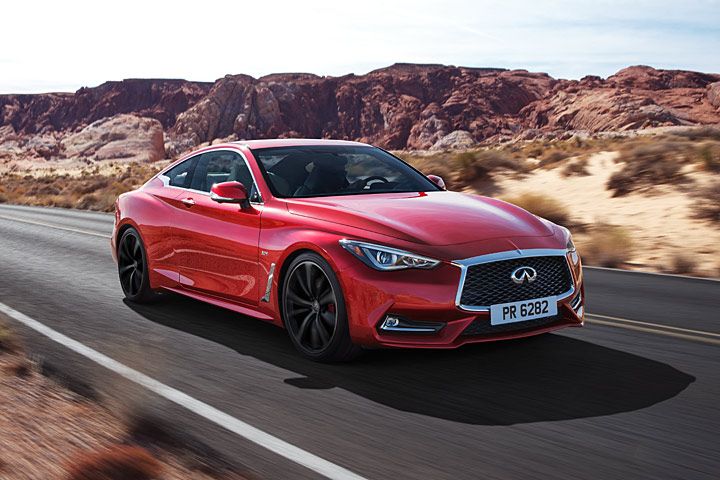QiW said:
this 5A i oso never see b4 .. i would oso like to know if anybody has this mod ... at the same time i might as well ask if anybody tested formula atlantic 4AGE b4 laa .. hahahahaahaa
The concept of increasing the stroke to gain displacement in a gasoline engine is an old trick. Nevertheless, it is still a very effective form of tuning today and the 4A-GE is no exception. In the late 80’s, HKS developed a conversion kit consisting of longer stroke crank and pistons for the 4A-GE. The line has been expanded to array of configurations, which range from 8.0-11.6 in compression rates. This kit was called appropriately, the 5A-GE kit.
Once a very popular mechanical tuning approach to the 4A-GE engine, the 5A-GE engines proved that more torque could be had in the otherwise peaky nature of the 4A-GE. It wasn’t without demerits but the 5A-GE did fare reasonably well in the enthusiast market. HKS makes a range of internal components to suit your needs and 5A-GE was one of them. The 11.6 compression kit comprised of longer stroke crank, 81.5mm pistons and various bearings, rings and fastener sets is the most aggressive. They are designed to be built using the 4A-GE and proved to be very high quality in design and materials. However, the 5A-GE isn’t without pitfalls so we’ll discuss a few here in detail.
The first thing we must note in the 5A conversions is the fact that the block needs to be modified somewhat to make room for the longer stroke crankshaft. The 5A-GE kit uses this long crank stroke to make approximately 1700cc displacement but slapping this crankshaft into the 4A block; one will immediately discover that it won’t spin without hitting something. No, it’s not a defective unit… So we modify the block by grinding away the inside of the crank case…. by placing the crank and working away where it hits. The clearance here should be no less then 1mm so you can avoid damage when there’s engine failure elsewhere. Next, attach connecting rods and repeat procedure. One note here…never grind the rod or crank as this will upset the balance and strength of the moving pieces…unless you are doing it for the purpose of getting better balance.
Second step, and the one most people forget, is the dynamic balancing of the crankshaft. Although the finish and materials is top notch when using HKS, the problem still lies in that the crank is longer in stroke. Often, the crank has worse balance than the 4A-GE unit that you took out, which is a real problem on an engine you plan to take to 7200rpm and beyond. An incorrectly balanced shaft can rob you of power beyond 7000rpm and more at higher rpm due to the inconsistent cylinder pressure and piston timing. Not to mention a myriad of failures it may induce in all sorts of places. The crank takes about 4 tons of force every stroke so think of it as being very flexible, contrary to how it may look when stationary. Balance, balance, balance…
Next, always use pistons designed for the 5A-GE or similar stroked crank. The 5A-GE pistons have a different piston-pin height, therefore cannot be crossed over. Furthermore, the block to be used should be as late model as possible. The 4A-GE, as we all know bay now, went through many production design phases and with each iteration the performance potential increased in terms of strength and heat resistance and dissipation. Not all 4A blocks are equal!
Lastly, most important perhaps, the 5A-GE is an expensive and labor-intensive modification. So, its final outcome is whatever you put into it. Taking time and some careful planning of funds and components will give you a strong, high torque rating engine that’s as free revving as your 4A-GE. But shortcuts will cost heavily and the final product will just as easily be rough and unwilling to perform.
*take from Club4AG website

